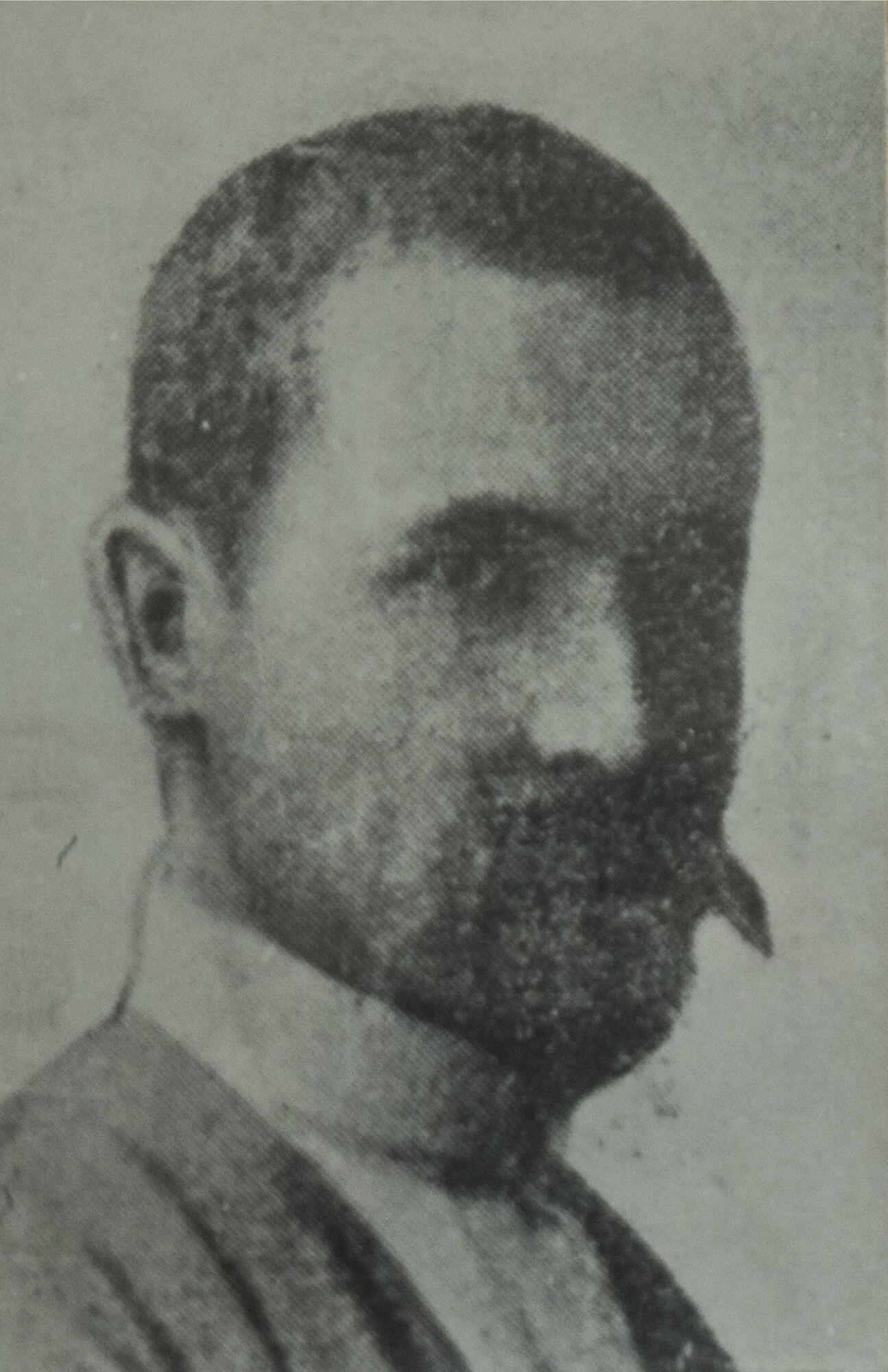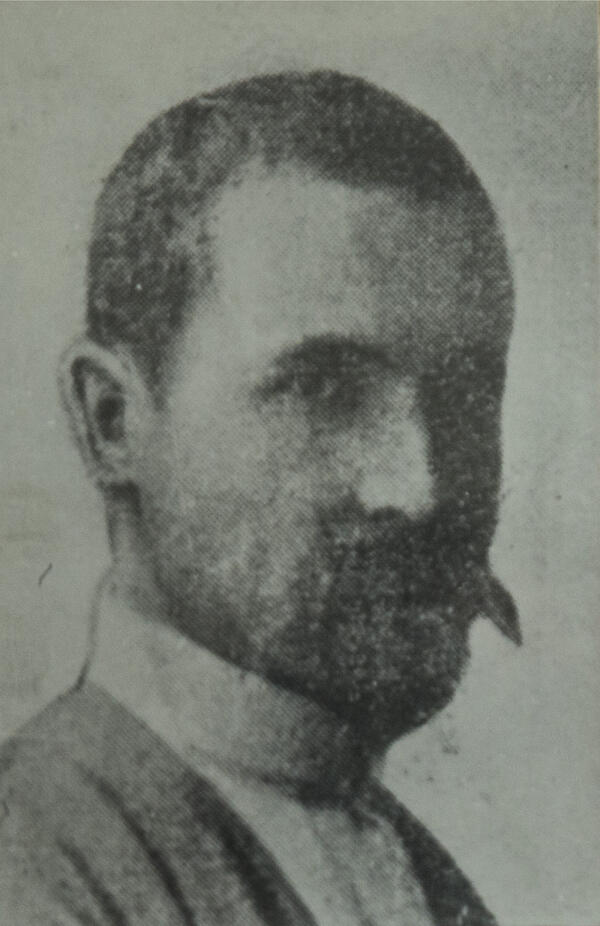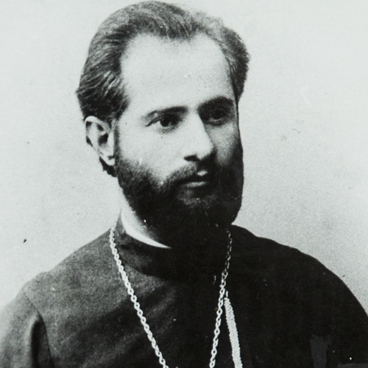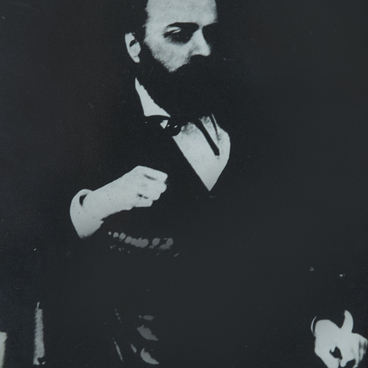The poet Islam Krymshamkhalov was born in 1864 into the family of a petty officer of the village of Kart-Dzhurt. His ancestors were influential Karachay princes. Islam lost his mother early in his life and was brought up in the family of his uncle Ismail Usurbiev, a Balkar educator. Krymshamkhalov received a good home education, learned Arabic and Russian. In 1877, he was enrolled in the Stavropol Gymnasium, where Islam studied for two years.
16-year-old Krymshamkhalov joined the Convoy of His Imperial Majesty Alexander III and left for Saint Petersburg. In the capital, young Islam began writing poems, stories, and essays, and met many artists, in particular the future chairman of the Association of Wanderers Nikolai Yaroshenko, with whom he was friends throughout his life.
For some time, Islam Krymshamkhalov lived in Moscow, studying at an art school. He often visited the Yaroshenko estate in Kislovodsk, which Fyodor Chaliapin, Leonid Sobinov and Sergey Rachmaninov, Ilya Repin and Arkhip Kuindzhi, Ivan Pavlov and Dmitry Mendeleev visited.
Later, Krymshamkhalov settled in Teberda. He made many efforts to open the city’s first school in the city — a goal that he managed to achieve. The poet settled on the shore of Lake Kara-Kel, where he built two houses — a master and a guest house. The master house has not been preserved the present day; it was demolished during the construction of the “Teberda” sanatorium. A wooden guest house with high stone foundation and a large round window on the facade, which was designed by Krymshamkhalov himself, was opened in 2012, a hundred years after the poet’s death, as memorial house-museum, and works to this day.
In his final years, Islam Krymshamkhalov worked on the creation of the Karachay-Balkar alphabet based on the Latin alphabet, but did not have time to finish his work. This work was continued by his student, the author of the first textbooks for schools in Karachay and Balkaria, Ismail Akbayev.
According to researchers, Islam Krymshamkhalov died in Yalta in 1910. Later, the poet’s ashes were reburied in the Muslim Teberda cemetery. It was there that a tombstone was discovered in our time, which stated that Krymshamkhalov died on December 31, 1911. The poet’s grave, over which a tea rose bush grows, can still be visited today.
16-year-old Krymshamkhalov joined the Convoy of His Imperial Majesty Alexander III and left for Saint Petersburg. In the capital, young Islam began writing poems, stories, and essays, and met many artists, in particular the future chairman of the Association of Wanderers Nikolai Yaroshenko, with whom he was friends throughout his life.
For some time, Islam Krymshamkhalov lived in Moscow, studying at an art school. He often visited the Yaroshenko estate in Kislovodsk, which Fyodor Chaliapin, Leonid Sobinov and Sergey Rachmaninov, Ilya Repin and Arkhip Kuindzhi, Ivan Pavlov and Dmitry Mendeleev visited.
Later, Krymshamkhalov settled in Teberda. He made many efforts to open the city’s first school in the city — a goal that he managed to achieve. The poet settled on the shore of Lake Kara-Kel, where he built two houses — a master and a guest house. The master house has not been preserved the present day; it was demolished during the construction of the “Teberda” sanatorium. A wooden guest house with high stone foundation and a large round window on the facade, which was designed by Krymshamkhalov himself, was opened in 2012, a hundred years after the poet’s death, as memorial house-museum, and works to this day.
In his final years, Islam Krymshamkhalov worked on the creation of the Karachay-Balkar alphabet based on the Latin alphabet, but did not have time to finish his work. This work was continued by his student, the author of the first textbooks for schools in Karachay and Balkaria, Ismail Akbayev.
According to researchers, Islam Krymshamkhalov died in Yalta in 1910. Later, the poet’s ashes were reburied in the Muslim Teberda cemetery. It was there that a tombstone was discovered in our time, which stated that Krymshamkhalov died on December 31, 1911. The poet’s grave, over which a tea rose bush grows, can still be visited today.



